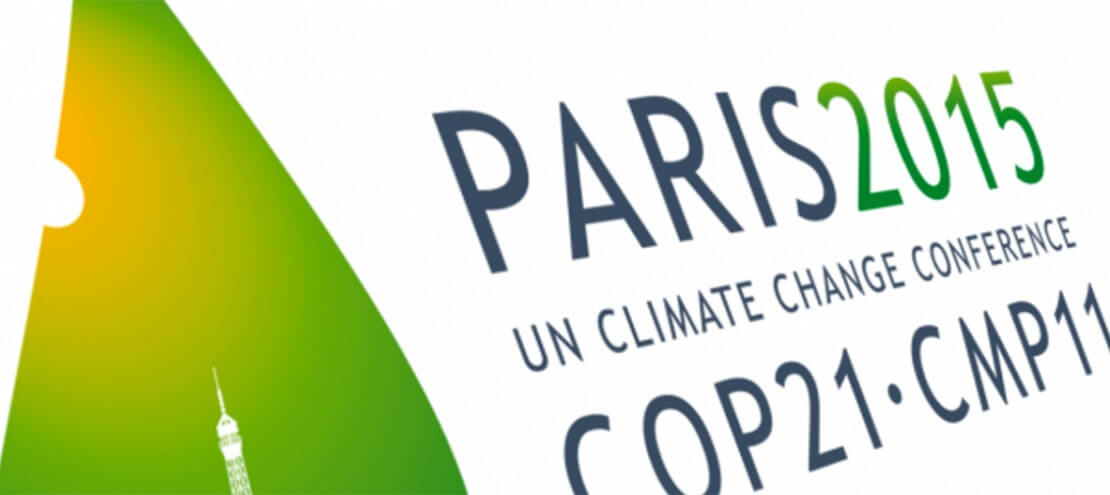
On Saturday, Dec. 12, the world saw a historical moment – world leaders shook on the first climate agreement that actually meant something, or as the Guardian put it, solidified the end of the fossil fuel era.
The 2015 United Nations climate change conference, commonly known as COP21, met in Paris and produced a 40-page text that finally has some substance, including procedures for monitoring, reporting, verification and assessment of progress. The most laudable clause is Article 14, which requires all signatories to evaluate the progress made toward keeping global warming below 2 degrees Celsius every five years and submit more stringent national targets, if necessary.
The inclusion of these measures separates this agreement from previous attempts to sign a global treaty, including COP15 in Copenhagen, which failed to provide a plan for reporting and enforcement. The focus on a bottom-up approach helped make Paris a success by placing the responsibility on individual nations. Negotiators came into this discussion with intended nationally determined contributions (INDCs) to cut emissions, as well as determination to introduce governance and transparency into the agreement.
This collective contribution of emission-reduction targets, as opposed to a top-down approach, caters to each nation’s unique circumstances but allows for a united front on one thing: Climate change is real, and we all need to act to mitigate the damage.
Global governments have taken us further than we could have hoped and pieced together an outline for our future. But this is just the beginning.
As John Kerry said during his speech at the summit, “Governments need the help of the marketplace.” The marketplace needs to feel confident that the technologies that help reduce carbon dioxide emissions, whether they are renewable energy or clean technology, are worthy of investment.
Investor confidence comes in many shapes and forms, but ultimately it boils down to the relationship between risk and returns. Proven technologies such as solar and wind are fast emerging as attractive investment asset classes that provide investors with low technology risk and stable, higher returns over a period of 20 years or more. Now is the time for these technologies to take center stage in the financing world.
This agreement sends a clear signal to the private sector worldwide. “The transformation of our global economy from one fueled by dirty energy to one fueled by sustainable economic growth is now firmly and inevitably underway,” former U.S. Vice President Al Gore said of the agreement.
With the agreement signed, governments have done their job and sent a strong signal to the private sector. So, what should the next phase look like?
- Investors: Shift stock portfolios away from fossil fuels towards renewable energy industries such as wind and solar, which are cost competitive and hungry for capital.
- Venture capitalists: Divert attention to breakthrough technologies, such as energy storage, to help shift the electricity market away from natural gas.
- Large corporations, such as Goldman Sachs: Start funneling money into renewable energy projects to raise global penetration levels.
Each of these private-sector actions is a vital part of the solution. Think of it as a jigsaw puzzle: To create a clear picture of what a low-carbon future will look like, we need all the pieces, and the COP21 agreement is a giant step forward in making it possible for us to put them together.
Originally posted on Triple Pundit